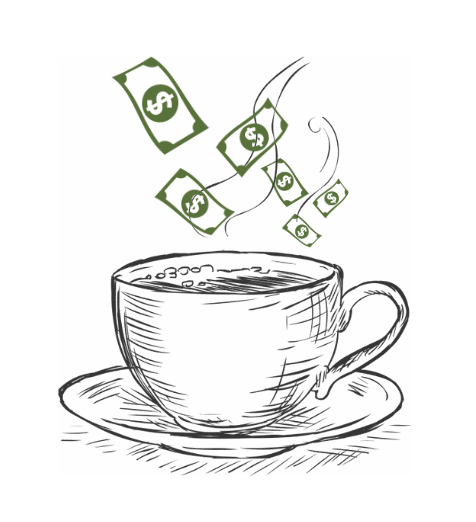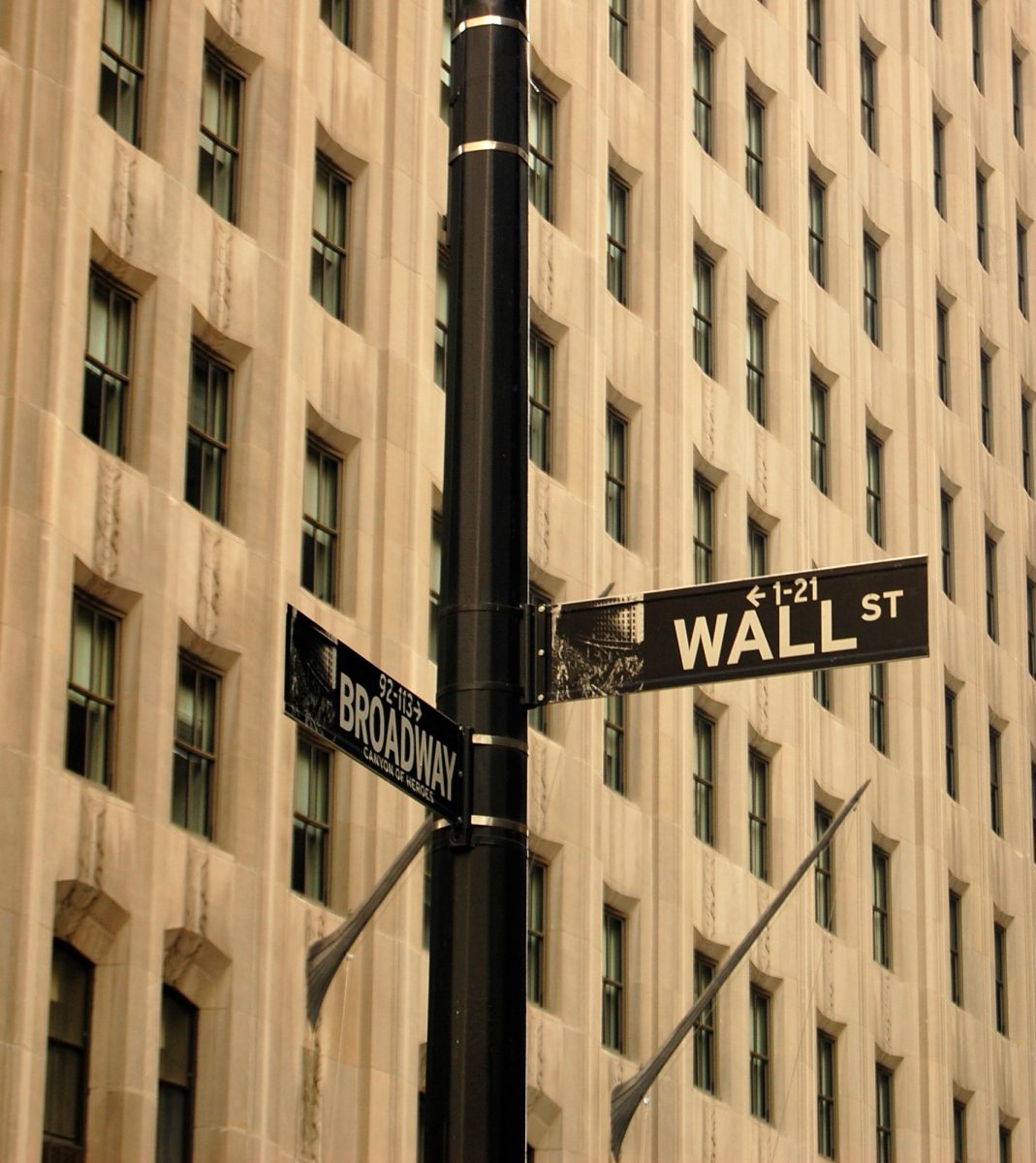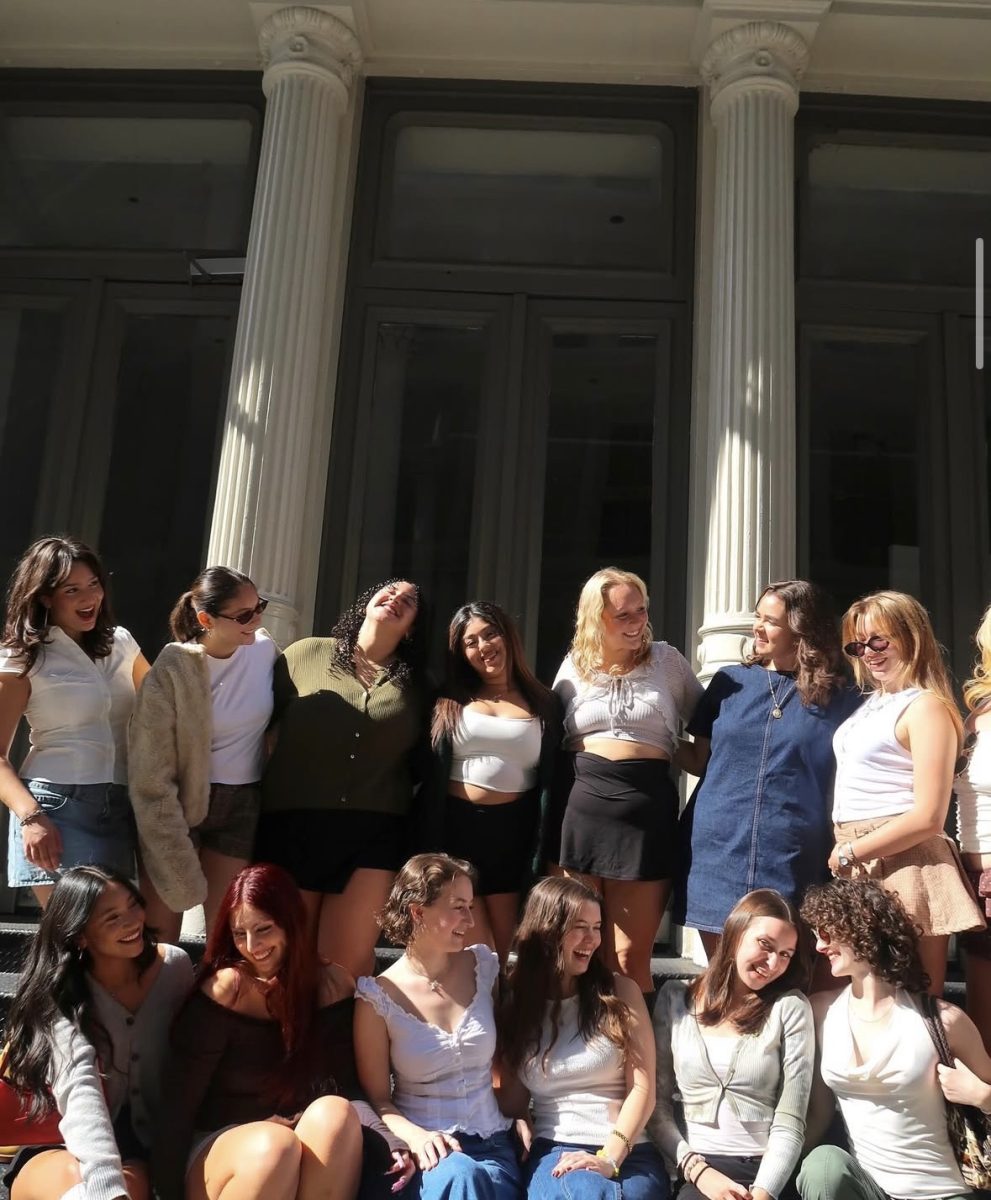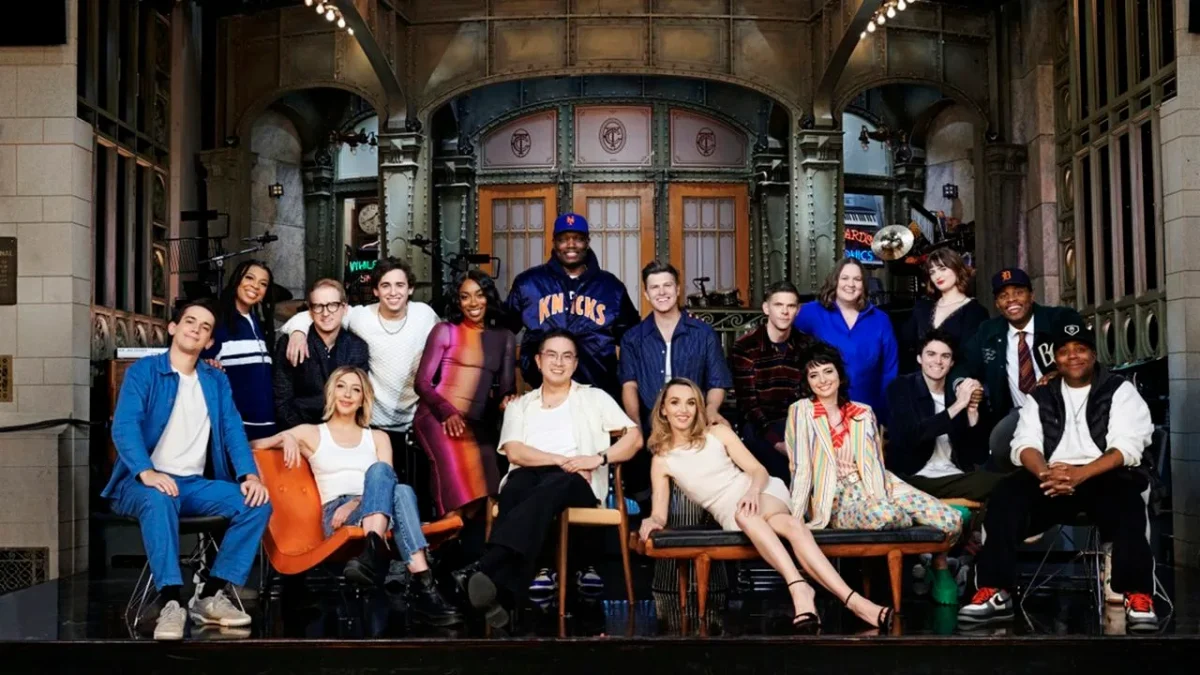In New York, coffee is not just caffeine, it is currency. It is a market of belonging and status. Students carry an iced coffee in their hand like an accessory while rushing to class or meeting up with a friend. Buying a cup can secure a seat in a packed cafe where laptops hum, espresso machines hiss away and where two hours are spent listening to a Spotify playlist and pretending to do work while looking mysterious. The city has always run on caffeine, but the price tag to sustain it continues to rise faster than people can keep up with.
The rising cost of coffee has never been a secret. What once seemed like an insignificant daily purchase now reflects the city’s relentless rise in the cost of sustaining businesses, tariffs and global climate conditions. In New York, the cost of rent and wages are critical to sustain a business and ensuring fair pay for employees while keeping prices manageable to consumers remains a persistent struggle. Beyond the city, tariffs have now played a major part in the rising cost of coffee harvests globally. President Donald Trump announced a 50 percent tariff on Brazil, a major bean exporter, that started in August. This has sharply increased the cost for imports, and in turn affected roasters, cafe owners and the consumer paying double the amount, per the Bureau of Labor Statistics.
Climate change is also disrupting the natural process of bean harvesting. Droughts, frost and unpredictable rainfall disturbing the quality of coffee beans. As global temperatures rise, the fate of coffee harvests grows increasingly uncertain. Roasters in major countries that supply coffee like Brazil, Colombia and Ethiopia are forced to put a hefty price tag on beans to accommodate for limited stock and inconsistent quality. By the time these beans land in the city, the cost can continue to rise on top of the already inflated price.
Behind the counter, workers face the reality of rising costs and encounter firsthand the frustration of customers.
“It sucks to see customers get stressed out by an $8 coffee,” Sophia, a barista at a popular shop near the University, said. “They work all day and then spend so much of their paycheck on overpriced bean water. On one hand, it’s hard to justify paying that much for coffee, but at the same time I have to be paid fairly as well.”
The survival pricing of coffee shops hits students the hardest. What was once an everyday ritual before class, now feels like a splurge. Several students have said they’ve hit their limit. Between miniature sizes that do not justify the price, to overly done specialty lattes that just taste like milk, many feel swindled into paying premium prices for not-so-premium coffee. When asked if the cost of coffee feels worth it, Sarah, Aisling and Saylor, sophomores at the University agreed without hesitation: no.
“It is so expensive for such a small thing,” Saylor said. “It is literally the smallest size, done in five seconds. It is not worth how expensive it is.”
Most students rely on the Starbucks on campus, thanks to the meal plan that softens the blow of a daily coffee run that can add up to $40 a week. When asked what would make a $7 coffee worth it, students emphasized a balance of quality and quantity, a stronger flavor and consistent taste. But as prices go up, quality isn’t guaranteed. Sarah recalled the most expensive drink they had paid for. “$14 dollars, and it was only 12 ounces and did not even taste good. So not worth it.”
What was once a simple morning treat to start the day has become a conscious financial decision. The relationship between coffee and its consumers is intimate. It serves as a study partner, a conversation starter, a form of social currency and sometimes the only reason people make it to their 8 a.m. lectures. Students, commuters and workers already feel stretched thin by the inescapable costs of living in New York, and the added strain of swiping a card for an overpriced beverage can cause even more stress. But the $7 cup is not going anywhere, and cafes are either forced to accommodate or close. Consumers, meanwhile, are adjusting their habits by making coffee at home, narrowing the number of visits or even giving up coffee. Coffee culture has shifted from an everyday necessity to a reflection on just how much New Yorkers are willing to sacrifice for their daily fix and how far they’ll go to keep up with the pace of city life.







